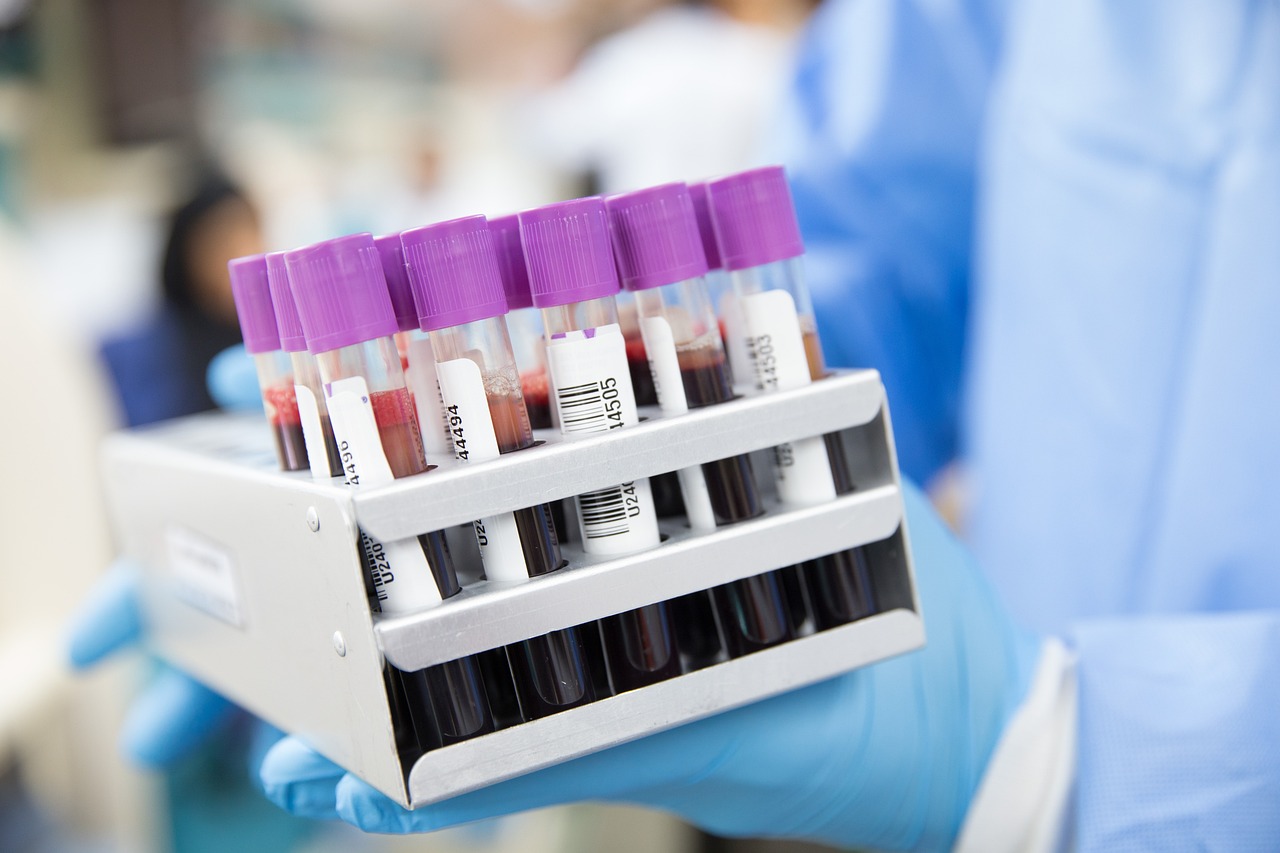Epidemiology and toxicology are two essential fields that can help us understand and better treat human diseases. While epidemiology examines human experiences under real-world conditions, toxicology employs controlled laboratory experiments to study the potentially harmful effects of chemicals on humans. Combining these two medical fields can enhance the quality of healthcare.
Read on to understand how toxicology testing enhances epidemiological studies.
Foundations of Epidemiology and Toxicology
Epidemiology is the study of how diseases spread and why they happen in certain groups of people. Toxicology focuses on understanding the harmful effects of chemicals, physical factors, or living things on living beings. Both fields aim to protect human health and well-being.
Verifying Causal Relationships
Toxicology is essential to confirm epidemiological findings. When studies suggest a link between a substance and a disease in humans, toxicology experiments on animals can help prove that the substance is indeed causing the infection. For example, with tobacco smoke and lung cancer or asbestos and mesothelioma, toxicological tests support epidemiological studies’ findings. These results can strengthen the trustworthiness of the connections found in epidemiology.
The “Epid-Tox” Process
The “Epid-Tox” process has five steps to bring epidemiology and toxicology together:
- Gather relevant studies
- Check their quality
- Weigh the evidence
- Give a clear conclusion
- Place the findings on a causal relationship grid.
This method helps both disciplines collaborate and draw better conclusions about harmful connections between substances and diseases.
Complementary Strengths of Epidemiology and Toxicology
Epidemiology studies human experiences but lacks precise control, while toxicology experiments have more control in labs. Epidemiology deals with real-life situations but can’t always define exposures well or control confounding factors. On the other hand, toxicology has precise control in labs, allowing in-depth investigations of how substances work and using in vitro studies as alternatives to animal tests when needed.
Influence of Low Biological Plausibility on Epidemiological
Findings
Sometimes, positive findings in epidemiology need a more precise biological explanation. Toxicological testing can help by explaining the nitty-gritty of how the agent might cause the disease. This understanding bridges the gap between what we observe in epidemiology and what makes biological sense.
Sensitivity
The sensitivity of toxicology studies is often limited due to the small size of the animal population used in experiments. Similarly, the sensitivity of epidemiological studies can be restricted, but large study populations can enhance sensitivity under certain conditions. By incorporating both approaches, researchers can use the strengths of each discipline to achieve a more comprehensive understanding of causality.
Advancing Human Health Protection
Combining toxicology and epidemiology strengthens conclusions about causality and helps identify areas for further investigation. This teamwork improves human health protection by helping professionals spot dangers, set safe limits, and create plans to reduce harmful effects.
The Evolution of Toxicology and Epidemiology
Over time, toxicology and epidemiology have evolved from confirming causes to predicting health risks. We can better understand how environmental agents affect human health with the “Epid-Tox” process. Together, toxicology and epidemiology contribute to public health advancements and create a safer world for everyone.
Do you want to support your epidemiological studies with toxicology? Clarity Laboratory can provide you with expert toxicology testing services. We have CAP certification and are Clinical Laboratory Improvement Amendments accredited professionals. Contact us right away to ensure the accuracy of your diagnosis.


